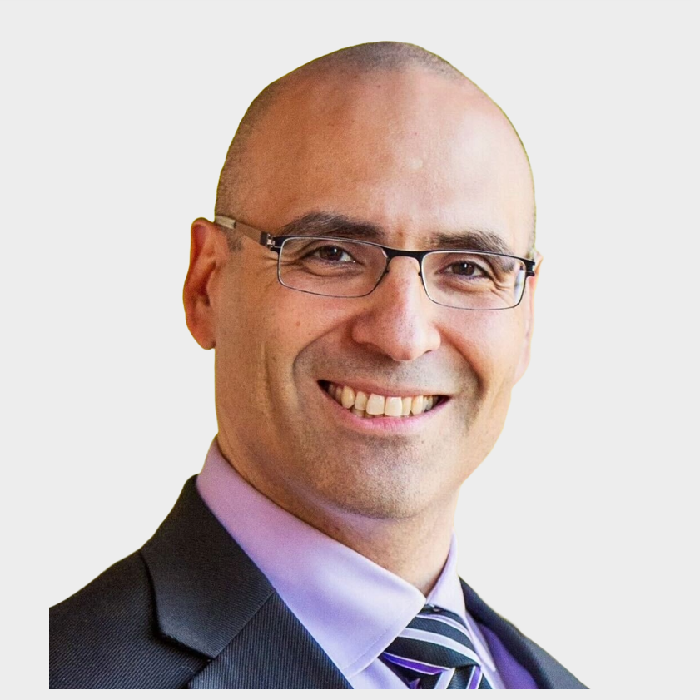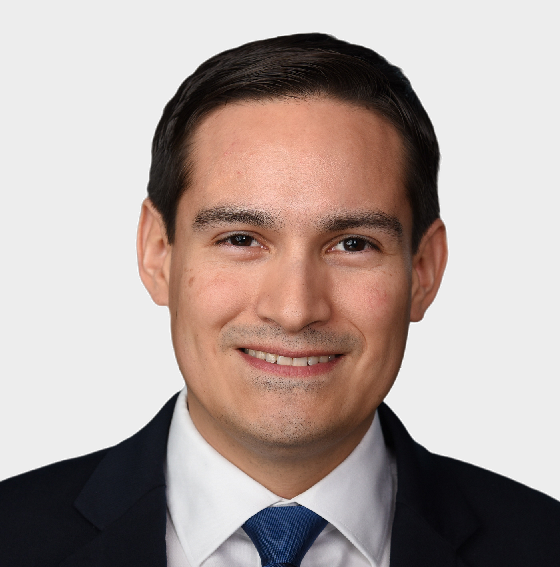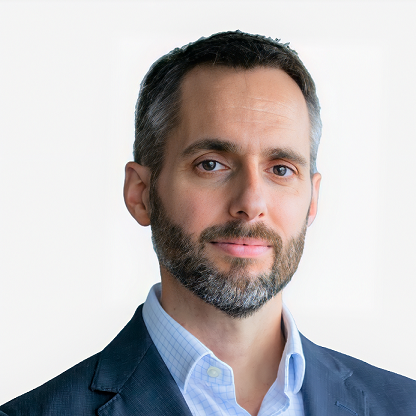Session Details
Session 1: Strategic & Business Issues
On one end of the spectrum, an aggressive & collective push to decarbonize will result in less than 25% of the energy mix coming from fossil fuels by 2050. However, more realistic scenarios would maintain the dependence on fossil fuels at a minimum of 55% of the total energy mix. Given the effects over the last few years, it has become apparent that geopolitical uncertainty must be factored; as a result, the diverse response to the energy trilemma of reliability, sustainability & affordability will yield an uneven evolution of the energy transition. Will there be sufficient feedstock material to satisfy future petrochemical demand? Join us as we answer this question at the heart of the petrochemical industry’s own energy trilemma.
Discussion of the mainland China short to medium term coal market and implications for coal-to-methanol and CTO/MTO.
Current methanol feedstocks are almost exclusively natural gas and Chinese coal. Demand growth in the last ten years has been largely driven by MTO, with strong fuels growth. But as growth into fuels and MTO declines, future demand will be driven more by traditional chemical derivatives, with methanol into marine fuel a constantly growing and topical upside. The industry is beginning its decarbonization journey, with new technologies and feedstocks and some consumers looking to purchase green, not grey methanol. This speech will discuss the anticipated evolution of the methanol industry over the next decade, the implications for pricing, supply-demand, trade, and the types of companies participating in the market.
Session 2: Regional Methanol Focus
In Asia, Methanol to Olefins has been the biggest driver for demand growth in the previous decade. But there is no new MTO capacity forecast to come onstream after 2023. Some MTO operators have back-integrated into more traditional olefins production, allowing flexibility of asset operation that could lead to methanol demand volatility. In this session, the evolving Asian supply-demand status will be analyzed. The presentation will also explore the new opportunities for green methanol production and demand for methanol into clean energy applications, as well as the regional methanol trade flows.
A look at the short and medium term opportunities in the European methanol market after 2 volatile years ranging from peak demand to extreme destocking. The presentation will consider traditional and new feedstocks, a rebalancing of trade flows and new demand sectors.
The latest North American capacity expansions have arrived in time to offset supply shortages caused by sanctions and higher feedstock costs in other parts of the world. Weaker global demand, however, is challenging the absorption of this new supply as well as the profitability of an industry increasingly pressured to become more eco-friendly. This session will discuss how the market will approach this imbalance, providing an update on the latest near-term supply/demand outlook, while also looking into the future of regional methanol capacity and its role in supporting a market in need of more sustainable raw materials and fuels.
With global demand growth often focused on China this presentation will look at India’s quiet but rapid demand growth and how its nature as a spot buyer brings in deep-sea supply rather than just a reliance on ‘local’ Middle East producers. There will be a discussion about projects and assets – where announcements and capacity do not equal production.
Session 3: Derivative Focus
Formaldehyde is a building block in the synthesis of many compounds important in our daily life. The C1 compound is the largest methanol derivative. The short-term formaldehyde market looks challenging due to the downturn of industry and high inflation which are impacting the construction, automotive, and furniture industry. The formaldehyde market outlook will be presented and the trend for process technology needed to produce sustainable formaldehyde, with focus on high safety and low operational cost.
The global energy crisis has resulted in global economic headwinds. Feedstock prices have been significantly higher in some regions resulting in fundamental shifts in production costs, production output and trade flows.
The rapid build in Chinese capacity that has seen a huge addition in the past 4 years has left the global ethylene and propylene markets with a huge excess of capacity, even considering a future strong rebound from the pandemic and energy crises. The methanol route to olefins sits in an unusual position with a very different cost structure than traditional routes. What will the excess mean for methanol demand into olefins? Where on the supply curve will the market settle given methanol costs and affordability?
Session 4: Fuel Uses for Methanol
The presentation will focus on the history, global development, current threats and a possible future of biodiesel application in the transport sector, with a focus on the EU. In particular, it will address how the upcoming European biofuel legislation as well as competition for fat feedstock with HVO/HEFA production will affect the European biodiesel industry. Derived from this, the possible effects on methanol consumption in biodiesel production will be debated.
This presentation highlights Renewable and Recycled Carbon DME’s pivotal role in driving sustainable growth and fostering a just and inclusive transition for all. Delving into the production of Renewable and Recycled Carbon DME through renewable feedstocks and technology pathways, I will showcase how Renewable and Recycled Carbon DME is a transformative solution that can promote environmental stewardship by decarbonising the LPG industry and revolutionising the energy landscape.
MTBE demand is primarily driven by its use in the gasoline pool. Demand growth is not only a function of gasoline demand, but also depends heavily on developments in gasoline specifications and other regulatory changes, such as for biofuels. The key drivers going forward include the electrification of the car fleet, competition between oxygenates in the gasoline pool, and expected supply growth of C4 olefins.
Edgar Ahn
Chief Innovation Officer BDI
Read BioKevin van Balkom
Process Engineer Licensing and Projects Dynea AS
Read BioCarlo Barrasa
Vice President, Energy Insights Team Lead Chemical Market Analytics by OPIS
Read BioShreya Kansara
Principal Analyst Chemical Market Analytics by OPIS
Read BioRemko Koster
Executive Director, EMEA C4 Olefins Chemical Market Analytics by OPIS
Read BioXiaomeng Ma
Director, Asia Methanol Chemical Market Analytics by OPIS
Read BioMike Nash
Vice President, Global Syngas Team Lead | Americas Acetyls Lead Chemical Market Analytics by OPIS
Read BioJavier Ortiz
Executive Director, Global Engineering Resins Chemical Market Analytics by OPIS
Read BioMatthew Thoelke
Vice President, EMEA Olefins Chemical Market Analytics by OPIS
Read BioFrankie Ugboma
CEO Dimeta
Read BioAarnoud van Weelderen
Senior Managing Director Macquarie Group
Read Bio











